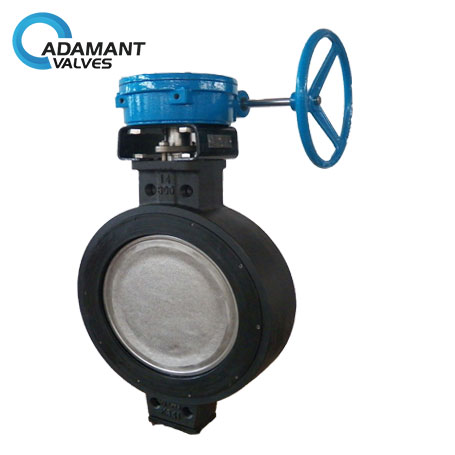The Introduction of Vacuum Valve

Vacuum valve is a kind of valve whose working pressure is below standard atmospheric pressure.
Several common connection types of vacuum valve:
1. Flange connection
This is the most commonly used connection type in sanitary valves. According to the shape of the joint surface, it can be again divided into the following types:
1) Smooth type: for valves with low pressure. Convenient processing.
2) Concave and convex type: the working pressure is high. Moderately hard washer can be used.
3) Tenon and groove type: washer with big plastic deformation can be used. It is widely used in corrosive medium. The sealing effect is good.
4) Trapezoidal groove type: the oval metal ring is used as washer. It is used in valves with a working pressure higher than 64 kg per square centimeter, or high temperature valve.
5) Lens type: the washer is lens-shaped, and is made of metal. It is used in valves with a working pressure higher than 100 kg per square centimeter, or high temperature valve.
6) O-ring type: this is a relatively new form of flange connection. It is developed with the emergence of a variety of rubber O-rings. In terms of sealing effect, it is more reliable than ordinary flat washer.
2. Threaded connection
This is a simple connection method, which is commonly used in small valves. There are two cases:
1) Direct sealing: the internal and external threads have a direct sealing effect. In order to ensure that there’s no leakage at the connection, stuffing such as lead oil, linen and PTFE raw material is often used. Among them, PTFE raw materials are increasingly widely used. This kind of material has a very good corrosion resistance, an excellent sealing effect, and it’s easy to use and store. When disassembled, it can be completely removed, because it’s a layer of non-sticky film, which is far superior to lead oil and linen.
2) Indirect sealing: The force of tightening threads is passed to the washer between two surfaces, so the washer has a sealing effect.




